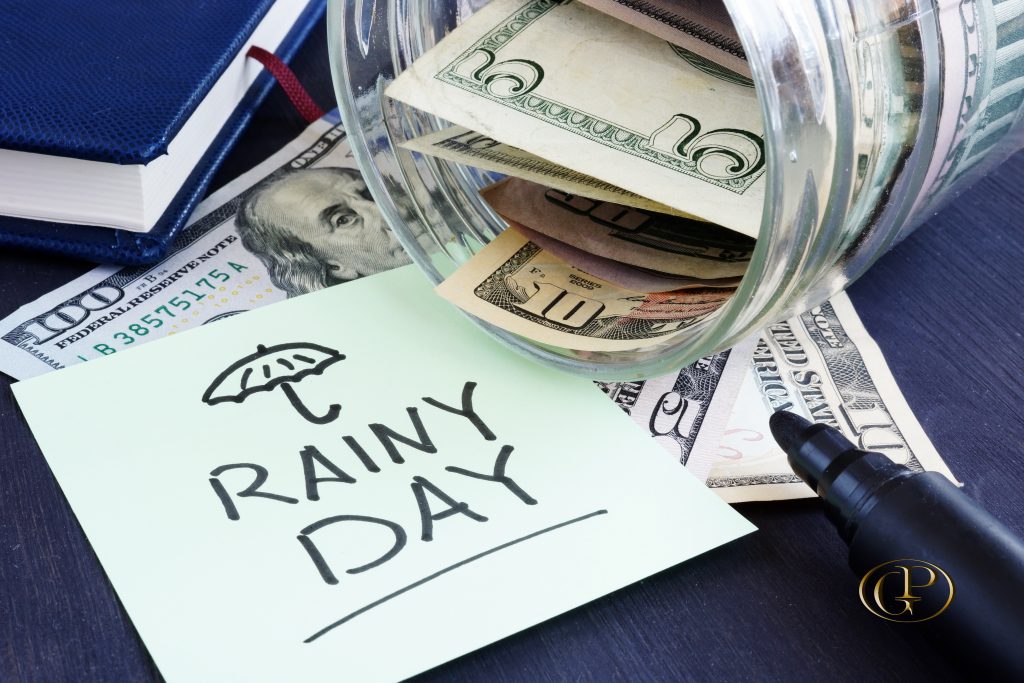Not to whine, but vehicle problems have been a bit of a nuisance around the house these past couple of months. My wife and I have a well-maintained, good running car and truck. And we have been fortunate enough for the past couple of years to have very minimal issues with either.
Well that stretch of good luck came to a screeching halt sometime during the month of June. First, her backup camera started flickering, flashing, sometimes working…sometimes not. Not a big deal, but not ideal either. Then, a warning light appeared in her instrument cluster. We soon found a sensor had gone out and needed replaced…$35 fix. Again, not the end of the world. But it gets better.
One day several weeks back, Bambi decided to come charging off the sidelines and slam into her car, trashing the rear side door. “It’s ok baby. We’ll pay the deductible and get it fixed.”
“Whew, glad we’ve got all that past us.” No, no. There’s more. Leaving a parking lot in town about a month ago, my truck started acting up. Upon popping the hood to investigate, we discovered the radiator had a leak in addition to the original problem.
So, we set out to get the issues resolved. With the truck back out of the shop and the car well on its way to being restored, I could sigh a breath of relief. Then out of nowhere, my truck decided to overheat as I was heading down the road one day.
I tell this story for two reasons. Number one, you just can’t make this stuff up. I mean, really. What are the odds of this many vehicle issues occurring all at the same time?
But secondly, and most importantly, it helps to have a rainy day fund set aside. Anyone that has known me for any amount of time knows that I’m a hardcore Dave Ramsey fan. Since we’ve been applying his principles to our personal finances, our perception of managing, investing, and saving money has drastically altered.
The first step in the Baby Step Process that Dave Ramsey teaches is to save $1,000. Just enough to put a little lead way between you and life. Step two is to attack debt until nothing but a house note is left. And Step three is to fully fund that $1,000 emergency savings to cover 3-6 months of expenses. Doing this puts you ahead of the game when it comes to life’s curveballs!
Now, where does this fit into building a new home? Rainy days are coming. And like the multitude of vehicle problems we’ve dealt with in the past couple of months, they never really come at the best time. You don’t want to be in the middle of building your dream home and suddenly have a medical emergency that racks up high dollar hospital bills you can’t afford to pay. Or unexpectedly get laid off from work. Or have a car give up on you.
Having an emergency fund set aside as a buffer between you and life is an important first step in building a new home. It makes the unexpected life altering emergencies…well, less life altering. Tough times come and go, but they’re never convenient or expected. Don’t let a surprise financial emergency ruin your homebuilding experience. Build a savings, then build a home!








